Employee Development Plan
How to build an efficient development plan for your workforce
Employee development is crucial for organizations that want to retain their best talent and stay competitive in today’s fast-paced business world. It is no longer enough to simply offer employees a job; they want to know that their employers care about their professional growth and development. This is where employee development plans come in.
A skills-based employee development plan is a great way to help employees develop the skills they need to excel in their current role and prepare for future opportunities. Here’s how you can create a practical 3-step skills-based employee development plan:
Identify Skill Gaps
The first step in creating a skills-based employee development plan is to identify skills gaps. You can do this by conducting a skills assessment or by asking employees to identify the skills they feel they need to develop. You can also look at performance reviews or feedback from managers to identify areas where employees could improve.
Once you have identified the skills gaps, you can prioritize them based on their importance to the employee’s current role and future career aspirations. For example, if an employee is interested in moving into a leadership role, you may want to prioritize skills such as communication, strategic thinking, and people management.
Set Development goals
The next step is to set development goals based on the skills gaps you have identified. These goals should be specific, measurable, and achievable. For example, if an employee needs to improve their communication skills, a specific goal might be to attend a public speaking course or practice giving presentations in front of their team.
It’s important to involve the employee in setting their development goals to ensure that they are motivated to achieve them. You can also provide support and resources to help employees achieve their goals, such as training courses, coaching, or mentoring.
Review & Evaluate Progress
The final step is to review and evaluate the employee’s progress towards their development goals. This can be done through regular check-ins with the employee, performance reviews, or feedback from managers. It’s important to celebrate the employee’s successes and provide constructive feedback to help them continue to develop their skills.
If the employee has achieved their development goals, you can set new goals to help them continue to grow and develop. If they have not achieved their goals, you may need to reassess their development plan and provide additional support to help them succeed.
In conclusion, a skills-based employee development plan is a practical and effective way to help employees develop the skills they need to succeed in their current role and prepare for future opportunities. By following the 3-step plan outlined above, you can create a customized employee development plan that meets the unique needs and aspirations of each employee. Investing in employee development is not only beneficial for employees, but also for the organization as a whole. It can help to improve employee engagement, retention, and productivity, while also ensuring that the organization has the skills it needs to stay competitive in today’s rapidly evolving business world.

Latest Case Studies
Customer Success Stories

Totara Learn Brings Enthusiasm and Innovation Multi-Device Learning at Alembic

Edvanta helps Pearson HigherEd develop an Innovative Learner Journey Framework for their Programs


